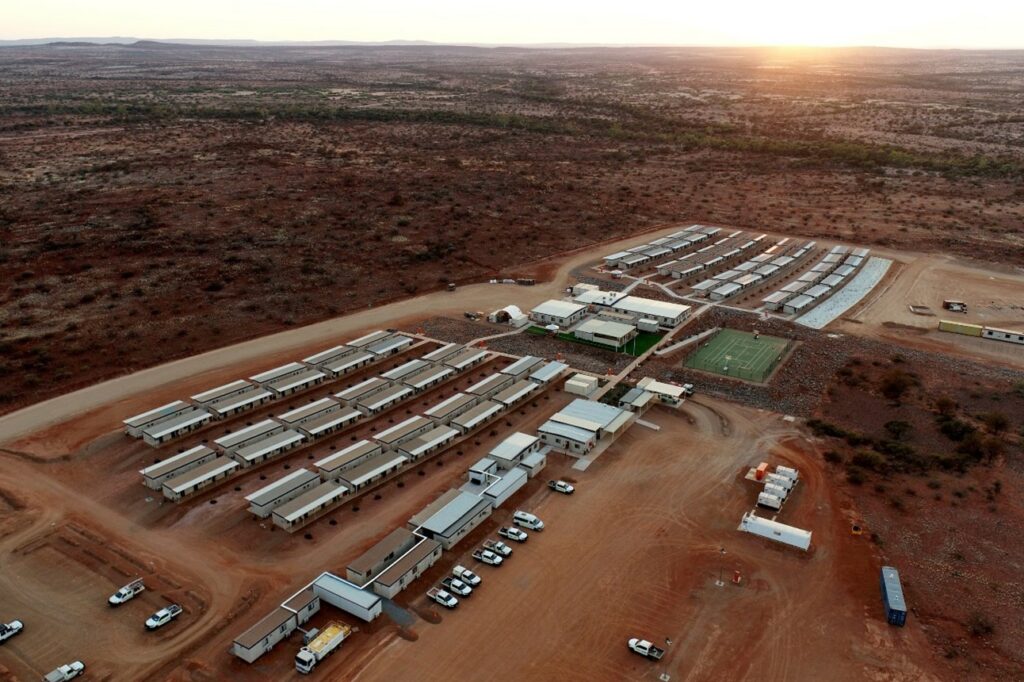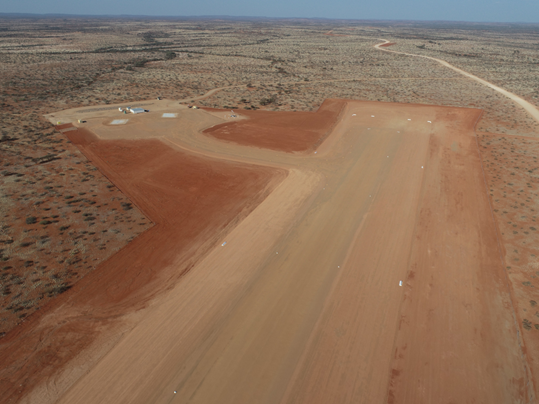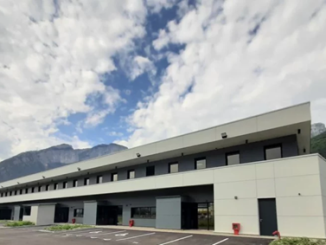
A torrent of financing commitments and infrastructure development are centered around Hastings Technology Metals of Perth, Australia as it builds toward the start of production in early 2025 at its Yangibana Rare Earths Project in remote Western Australia.
In late November, the company reported progress on a flurry of fundings and project financings along with multiple non-binding financing and partnership proposals received from global mining funds and debt capital market investors.

At the mine site, the company recently completed early infrastructure works including the Kurrbili Accommodation Village, Yangibana Airstrip, access roads, production borefields, water pipelines and clearing and grubbing of the grounds.

Hastings is aiming to become a major producer of neodymium and praseodymium concentrate (NdPr) from its flagship Yangibana mine and processing operation. The project is noted for its rich ore with NdPr deposits having a total rare earth oxide (TREO) ratio averaging 37% with some areas climbing to 52%, significantly outdistancing most other deposits in the world.
The project is fully permitted for initial rare earth concentrate production in the first half of 2025. Once operational, it will support production of around 3,400 tons annually of NdPr for use in rare earth magnets over its initial 17-year mine life. It occupies 650 square kilometers and is located about 250 kilometers northeast of Carnarvon in Western Australia. “Since the discovery of Yangibana in 2014, the Project has progressed steadily from exploration into construction (early works) and we envisage production to commence by Q2 2025,” says the company.
Plans call for two stages of development. First comes construction of the Yangibana mine and beneficiation plant, followed by the construction of a hydrometallurgical plant with to process mixed rare earth carbonate. The mining operations will involve open pit mining including conventional drill, blast, load and haul with an estimated ore feed of 1.1 million tons per year into the processing plant. The mined ore will be processed through a circuit of crushing, grinding, floatation, tailings and handling with an output of up to 37,000 tons per year of rare earth concentrate at 27% TREO.
In Stage 2, a hydrometallurgical plant will be constructed which will process the concentrate from Yangibana into mixed rare earth carbonate (MREC) through a process of cracking, leaching, precipitation and drying. Once completed, the plant will have an output of up to 15,000 tons per year of MREC at 59% TREO, to be shipped to customers for further downstream processing into NdPr oxides, which are then metallized and alloyed to be made into a permanent magnet material.

Beyond its aspirations to become a rare earths producer, Hastings also envisions a mines-to-magnet strategy for the future. It holds a strategic 20.4% shareholding in Neo Performance Materials, a leading global rare earth processing and advanced permanent magnets producer, which is aimed at providing Hastings an opportunity to explore broader avenues in the supply chain. Neo is uniquely positioned as the owner of the only operating commercial rare earth separation and rare metals facility in Europe and has recently broken ground on a new factory in Estonia to manufacture sintered NdFeB permanent magnets. Hastings also owns and operates the Brockman project, Australia’s largest heavy rare earths deposit. For more info, see www.hastingstechmetals.com.



